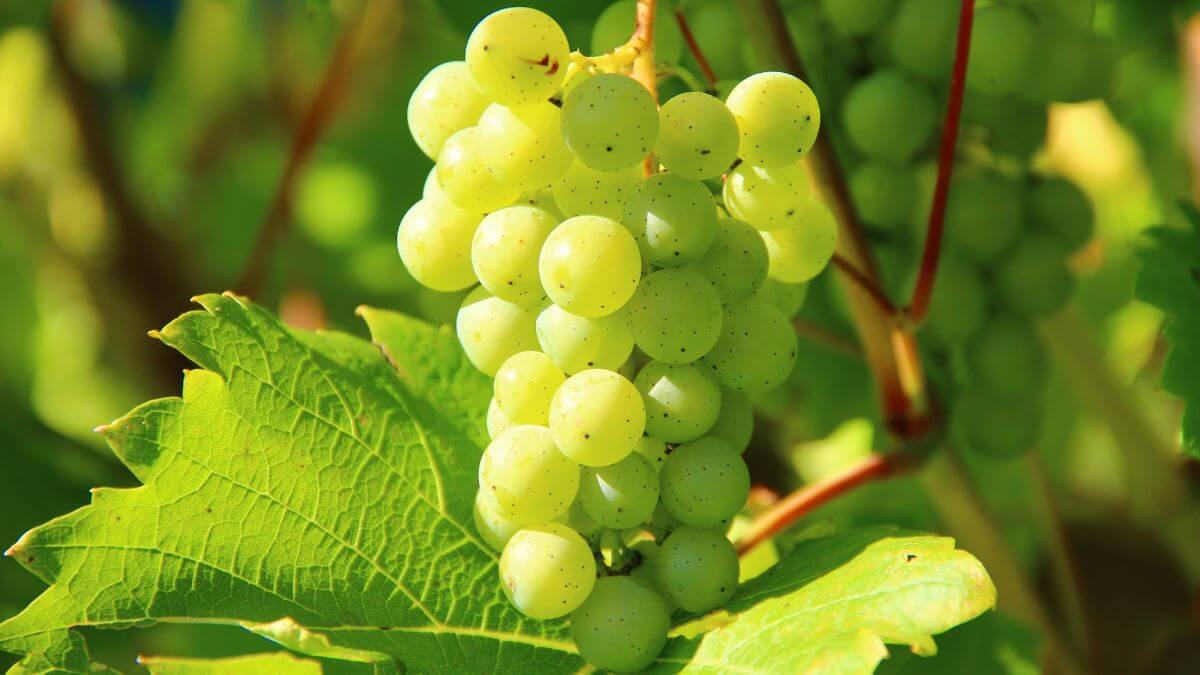The tradition of eating twelve grapes as the clock strikes midnight on New Year’s Eve is one of the most cherished and anticipated customs in Spain.
Have you ever wondered how this tradition began?
Each grape represents a wish for each of the twelve months of the coming year, and it is believed that this practice brings luck and prosperity. Today, we’ll tell you all about the origin of the New Year’s Eve grapes and how this tradition has spread to other countries.
Historical origins of the New Year’s Eve grapes
Although many believe that the tradition of the grapes began in 1909 as a strategy by farmers in Alicante and Murcia to sell the surplus from a good harvest, the truth is that the history is much older. While it is true that in 1909 a major campaign was carried out to popularize this custom, the tradition of eating grapes as the clock chimes on New Year’s Eve was already known in some parts of Spain in the 19th century, especially in Madrid.
The first written record confirming this custom dates back to 1897, when the Madrid press mentioned that “it is a Madrid custom to eat twelve grapes as the clock strikes twelve hours, marking the separation between the outgoing and incoming year.” This indicates that, at least since 1896, the tradition of the grapes was celebrated in the Spanish capital, and it is very likely that this custom existed a few years earlier.
The expansion of the tradition
The origin of the New Year’s Eve grape tradition has an interesting connection to an event that took place in Madrid at the end of the 19th century. In 1882, the city’s mayor, José Abascal y Carredano, imposed a tax on all those who wanted to go out and welcome the Three Wise Men on the night of January 5th.
This measure caused some discontent but also helped popularize the idea of celebrating the arrival of the Wise Men in a different way. Over time, the tradition of eating grapes gained traction, especially in Madrid, where merchants began advertising the “lucky grapes” in 1897.
It was at this point that farmers from the Levante region, particularly those in Alicante and Murcia, took advantage of the grape surplus produced in 1909 due to an excellent harvest. They launched a campaign to promote the custom of eating twelve grapes on New Year’s Eve to sell their produce. This is how, little by little, the tradition of New Year’s Eve grapes spread throughout the country.
The symbolism of the grapes
The symbolism of the New Year’s Eve grapes is fascinating. Each grape represents a wish or resolution for each of the twelve months of the year. Eating them in sync with the chimes is believed to bring good luck for every month ahead.
According to tradition, if you manage to eat all twelve grapes without choking, you will attract prosperity and happiness in the new year. However, caution is advised—superstition also warns that trying to eat them too quickly could bring bad luck… and a serious choking hazard!
In this way, grapes are not just a delicious fruit but become the centerpiece of a tradition filled with symbolism, hope, and good wishes for the future. Each chime marks the passing of a month, and with every grape eaten, a wish is made for the months to come. This ritual turns New Year’s Eve into a magical moment, full of excitement and, above all, hope for what lies ahead.

The cultivation and selection of the grapes
The cultivation of New Year’s Eve grapes is a carefully managed practice in certain regions of Spain, primarily in Alicante and Murcia. The grapes chosen for this ritual are meticulously selected, as they need to have a thinner skin to make them easier to eat quickly during the chimes. Additionally, the selected grape varieties are usually sweet and soft, ensuring a pleasant taste and effortless consumption during this special moment.
This process of selection and cultivation is designed to ensure that the grapes are perfect for the New Year’s Eve tradition. In this way, Levantine farmers make sure that the grapes meet the necessary standards so that thousands of people across Spain and other Spanish-speaking countries can enjoy them.
A spanish tradition with global reach
New Year’s Eve grapes are not just a Spanish tradition; they have also been adopted in many Spanish-speaking countries, such as Mexico, Venezuela, Argentina, Ecuador, Peru, Chile, and Colombia. In all these places, the custom of eating twelve grapes in sync with the chimes is just as popular as in Spain and is celebrated with great enthusiasm. However, outside the Spanish-speaking world, the tradition of New Year’s Eve grapes is largely unknown, and many countries do not have a similar custom.
In some places, such as the United States, New Year’s Eve celebrations focus on other elements, like the famous ball drop in Times Square. While the festivity is equally joyful, it does not include the same traditions as in Spain. In Italy, for example, the New Year’s Eve tradition is quite different: instead of grapes, people eat a dish of lentil soup, a meal that originates from ancient Rome and is associated with the hope of attracting prosperity for the new year.
More than a tradition
The New Year’s Eve grapes are much more than just a tradition: they represent hope, prosperity, and the family and social unity that characterizes the celebration. Although their origin dates back to the late 19th century, the custom of eating twelve grapes in sync with the chimes has endured to this day, becoming a symbol of Spanish culture that has been adopted by many Spanish-speaking countries.



